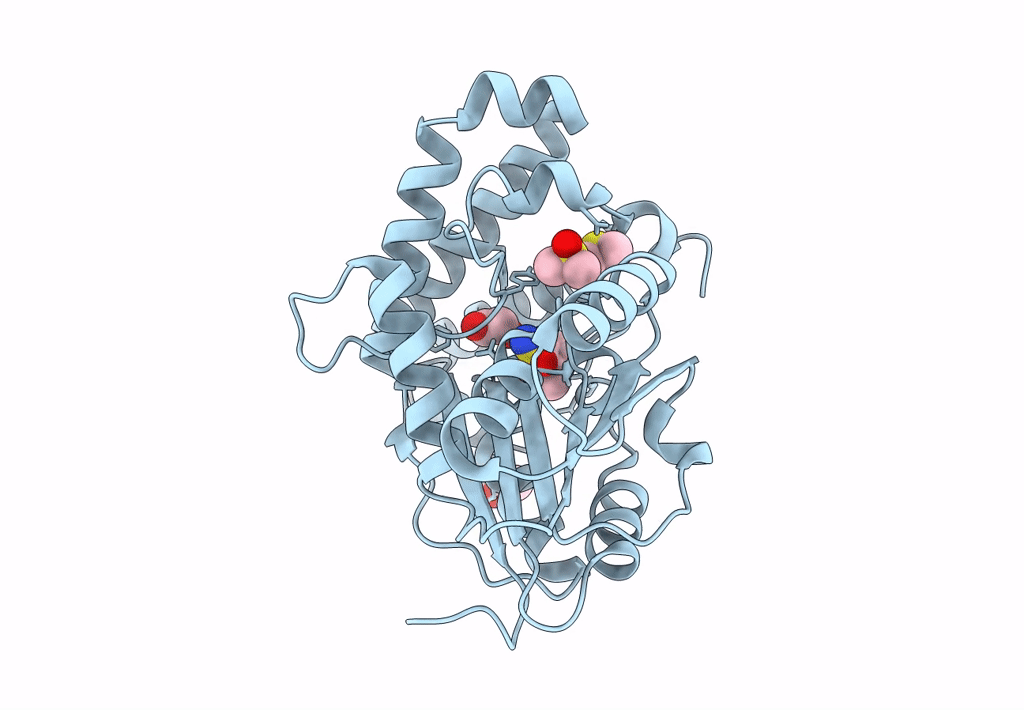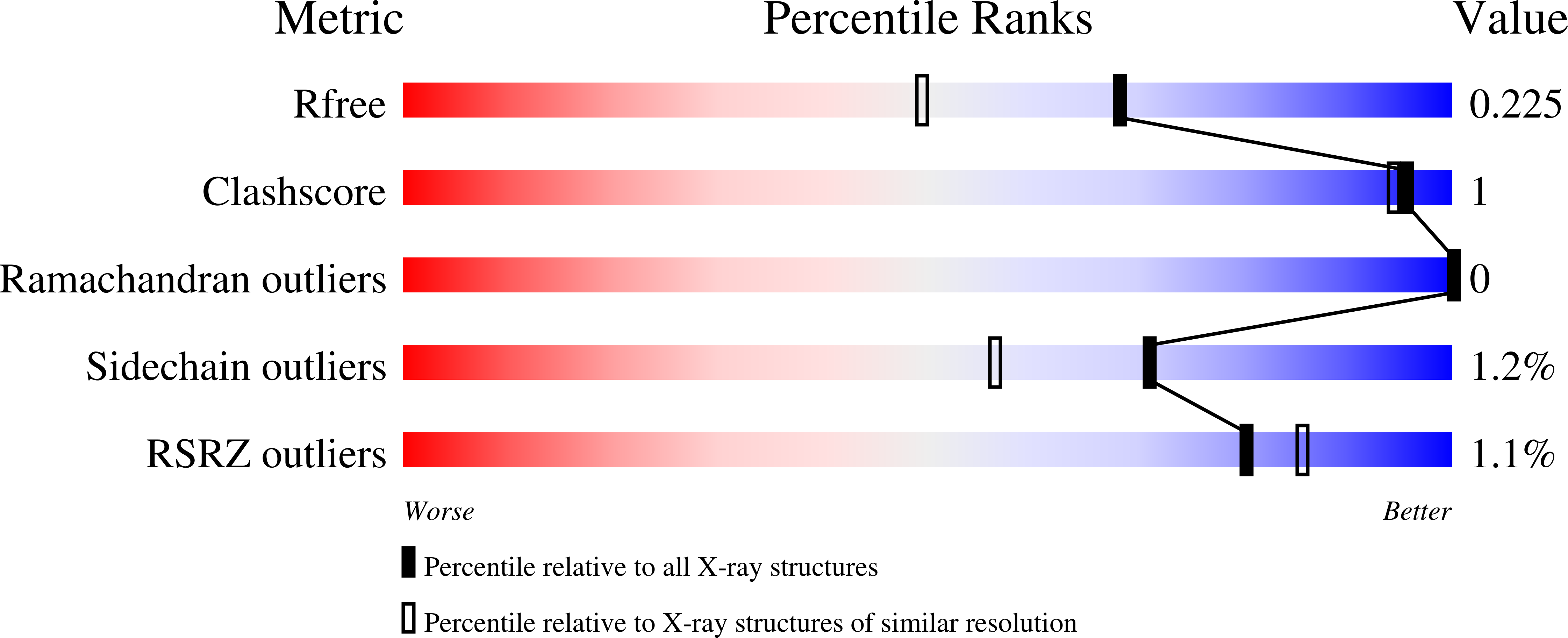
Deposition Date
2021-10-25
Release Date
2022-02-02
Last Version Date
2024-01-31
Entry Detail
PDB ID:
7Q2H
Keywords:
Title:
mycolic acid methyltransferase Hma (MmaA4) from Mycobac-terium tuberculosis in complex with ZT275
Biological Source:
Source Organism:
Host Organism:
Method Details:
Experimental Method:
Resolution:
1.75 Å
R-Value Free:
0.21
R-Value Work:
0.17
R-Value Observed:
0.17
Space Group:
P 31 2 1


